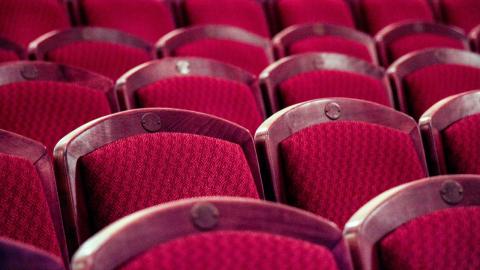As productions increasingly include characters and perspectives from a variety of backgrounds, deaf and hearing people who translate the shows for deaf audiences are trying to keep up - NY Times

Zavier Sabio didn’t have much exposure to theater growing up. But when he was asked to join the Roundabout Theater Company’s production of “A Soldier’s Play” and help make the show — about race relations in the military in the segregated South — accessible to deaf theatergoers, he decided to give it a shot.
“I really wanted to present this story, as well as the interpretation, through a Black lens,” Sabio, who is Deaf and Black, said through an interpreter. To do that, he also relied on his knowledge of Black American Sign Language (a variation of American Sign Language) and Black Deaf culture.
Sabio joined the 2020 production as a co-director of artistic sign language, or DASL, a position that some shows fill in order to create a more cohesive theater experience for deaf audiences. DASLs collaborate with American Sign Language interpreters who specialize in theater, translating the script into ASL and establishing how to perform the signing — while staying true to the spirit of a show. That also entails accounting for representations of race in source material and casting.
Amid a racial reckoning in theater, the work of DASLs and theatrical interpreters from a variety of backgrounds has become increasingly sought after in the past few years — both by deaf audiences and theatrical productions. But while there have been efforts to recruit more diverse interpreters, the push for better representation is not without challenges.
